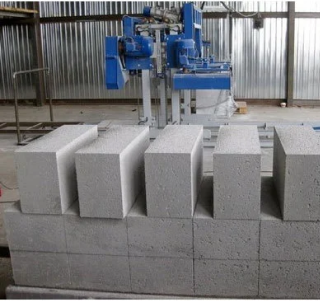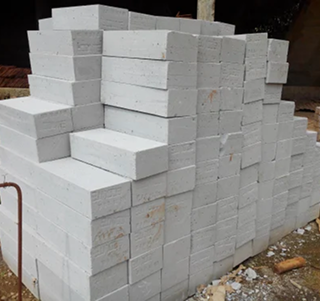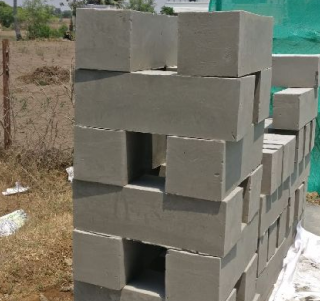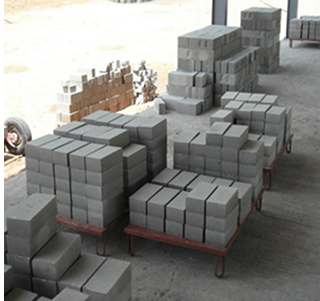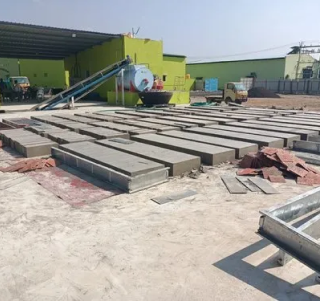AAC BLOCKS
CLC is called as Cellular Light Weight Concrete and it is also called as Foam Concrete. Cellular Light Weight Concrete (CLC) is a version of light weight concrete that is produced like normal concrete under ambient conditions. CLC Blocks are a cement-bonded material made by blending slurry of cement. Stable, pre-formed foam manufactured on site is injected into this slurry to form foam concrete.




What Is AAC Blocks-
Cellular Lightweight Concrete (CLC) bricks are also called CLC blocks. These are a type of construction material that have become increasingly popular in India and abroad in the past few years.
CLC products are normally made by mixing cement, sand, water, fly ash, a special foaming agent and CLC block hardener as additive. The foaming agent is necessary to reduce the mass and weight of the CLC products while the CLC brick hardener helps to shorten setting time. This is what gives CLC products the inherent insulation properties.
Specification-
Light in Weight
300 to 1800 Kg/m3
Eco friendly
CLC blocks are Environment-friendly
Sound Insulation
CLC Blocks are excellent for Sound insulation
Thermal Insulation
Thermal insulations as a 100mm thick
Lower Water Absorption
water absorption of around 50% to 80%
Easy to Handling
saving in cement, sand, water, labour, energy & time.
Fire Protection
just 100mm thickness of wall with density of 1000 kg/m3
Basic raw materials
Cement, fly ash, water and foam
Manufacturing Process Of CLC Blocks-
The cost of producing CLC blocks in India is lower as compared to conventional bricks. The exact manufacturing cost of CLC products depends on their size, shape and average cost of raw materials.
To ensure economy in production, it is recommended to buy high quality CLC block hardener from expert manufacturers, such as Sakshi Chem Sciences Pvt Ltd.
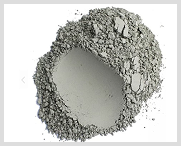
Preparing raw materials
The first step in manufacturing CLC products requires selecting the appropriate raw materials for producing high quality CLC blocks. These raw materials include cement, water, fly ash, foam generator and CLC block hardener.
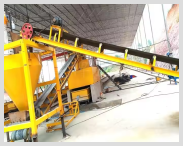
Weighing
The next step in manufacturing CLC blocks includes the weighing process. This requires taking a liter of the slurry from the mixer and measuring its density by weight. If the slurry achieves the required density, then it is sent for the next stage of the manufacturing process.
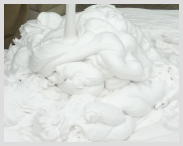
Foaming
The second step is the foaming process. For this, a foam generator machine is used. This machine produces stable foam using a special foaming agent, such as the one offered by Sakshi Chem Sciences.

Preparing raw materials
The first step in manufacturing CLC products requires selecting the appropriate raw materials for producing high quality CLC blocks. These raw materials include cement, water, fly ash, foam generator and CLC block hardener.

Weighing
The next step in manufacturing CLC blocks includes the weighing process. This requires taking a liter of the slurry from the mixer and measuring its density by weight. If the slurry achieves the required density, then it is sent for the next stage of the manufacturing process.

Foaming
The second step is the foaming process. For this, a foam generator machine is used. This machine produces stable foam using a special foaming agent, such as the one offered by Sakshi Chem Sciences.
BENIFITS
Of AAC blocks

Quality
Interlocking Paver Blocks Manufacturer In Udaipur under plant conditions guarantees accessibility

Strong
Interlocking Paver Blocks Manufacturer In Udaipur under plant conditions guarantees accessibility

Handle Weather
Interlocking Paver Blocks Manufacturer In Udaipur under plant conditions guarantees accessibility

Long-Lasting
Interlocking Paver Blocks Manufacturer In Udaipur under plant conditions guarantees accessibility

Ready to Use
Interlocking Paver Blocks Manufacturer In Udaipur under plant conditions guarantees accessibility

Colorful and Durable
Interlocking Paver Blocks Manufacturer In Udaipur under plant conditions guarantees accessibility

Ready to Use
Interlocking Paver Blocks Manufacturer In Udaipur under plant conditions guarantees accessibility

Colorful and Durable
Interlocking Paver Blocks Manufacturer In Udaipur under plant conditions guarantees accessibility

FAQ
Frequently Asked Question
1. What Are AAC Blocks ?
Clay bricks are building materials made from clay that's molded, dried, and fired in a kiln to form durable, rectangular-shaped bricks used in construction.
2. How Are AAC Blocks Made ?
Clay bricks are building materials made from clay that's molded, dried, and fired in a kiln to form durable, rectangular-shaped bricks used in construction.
3. What are the Advantages of AAC Blocks?
Clay bricks are building materials made from clay that's molded, dried, and fired in a kiln to form durable, rectangular-shaped bricks used in construction.
4. How Do AAC Blocks Compare to Other Building Materials?
Clay bricks are building materials made from clay that's molded, dried, and fired in a kiln to form durable, rectangular-shaped bricks used in construction.
5. Can AAC Blocks be Recycled?
Clay bricks are building materials made from clay that's molded, dried, and fired in a kiln to form durable, rectangular-shaped bricks used in construction.
6. Are AAC Blocks Resistant to Moisture?
Clay bricks are building materials made from clay that's molded, dried, and fired in a kiln to form durable, rectangular-shaped bricks used in construction.

